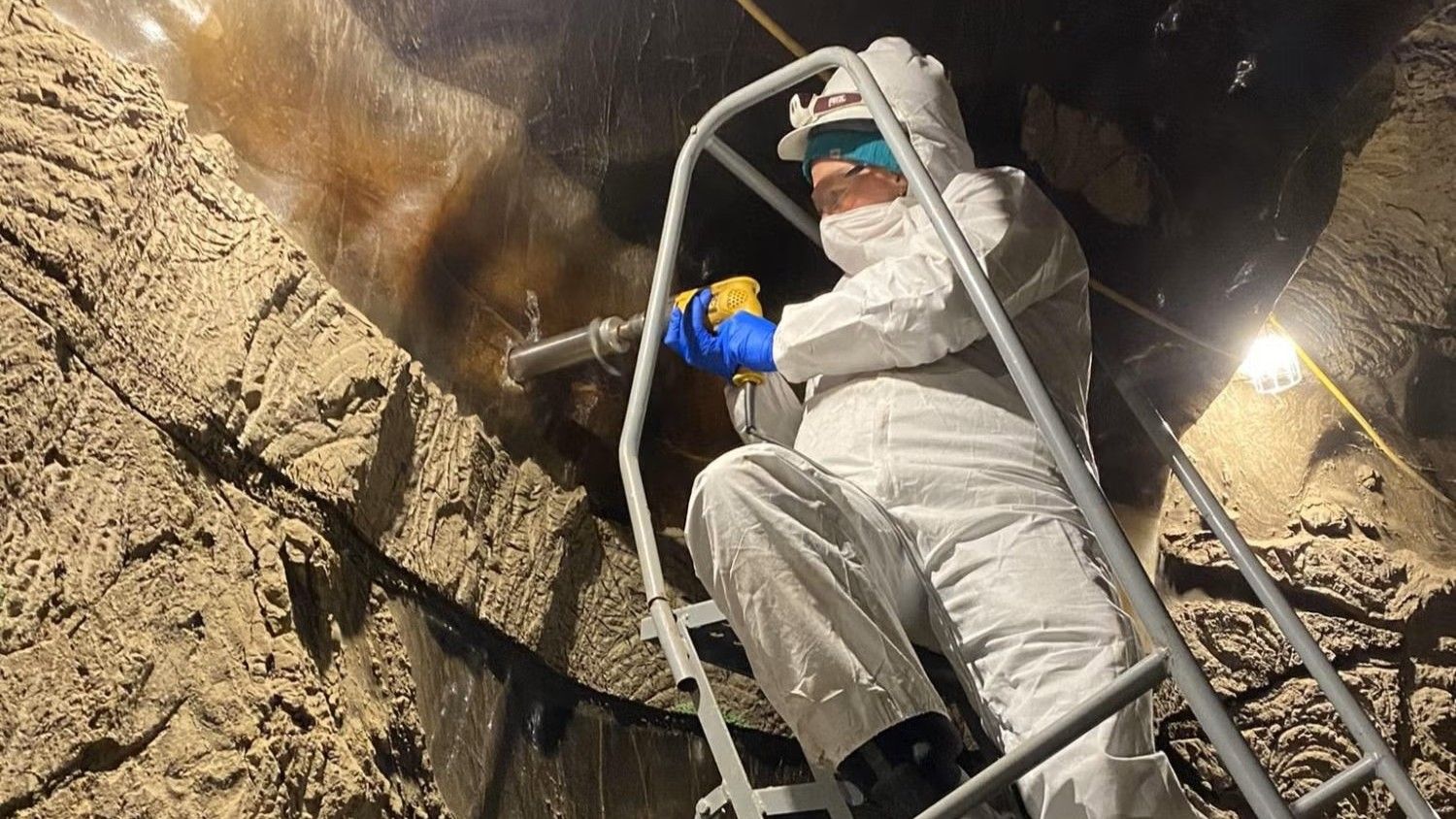Scientists have successfully reawakened ancient microbes found in Alaska’s permafrost, dating back to the last ice age. Their groundbreaking research reveals that these dormant microorganisms spring back to life and quickly start producing carbon dioxide (CO2) once exposed to warmer conditions.

Reawakening Microbial Life
The research team incubated permafrost samples at different temperatures. They discovered that microbes locked away for thousands of years can rapidly resume breaking down carbon when thawed. This finding is significant because it demonstrates how ancient microbial communities can contribute to greenhouse gas emissions as the Arctic warms.
Impact on Climate Change
As global temperatures climb, permafrost thaws and reactivates these old microbes, leading to increased CO2 emissions. This process could accelerate climate change by releasing even more greenhouse gases into the atmosphere. The study highlights the urgent need to monitor permafrost regions, as these ancient microbes may play a bigger role in Earth’s carbon cycle than previously thought.
Sources:
Source
















